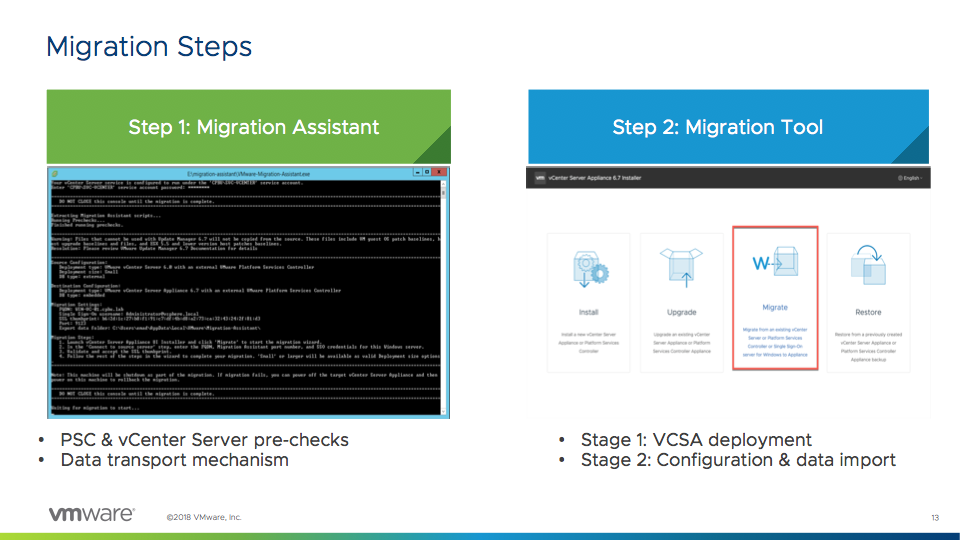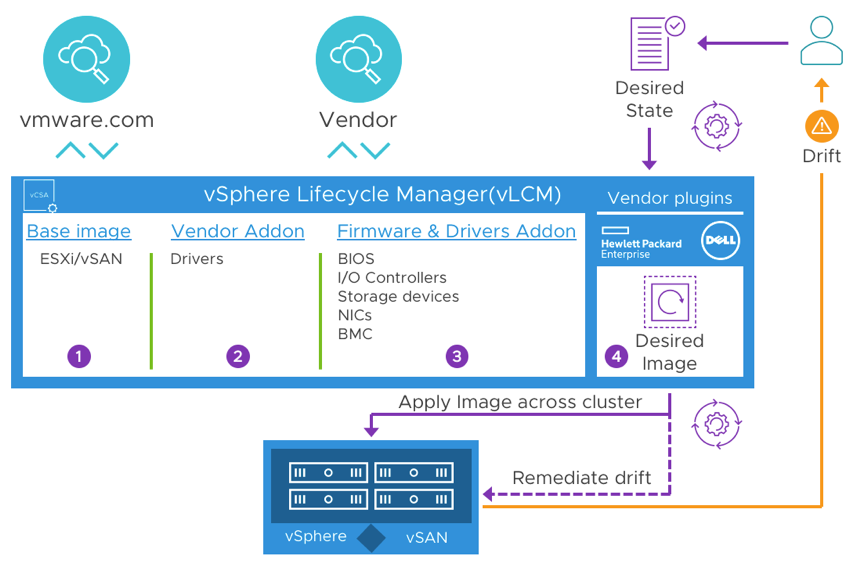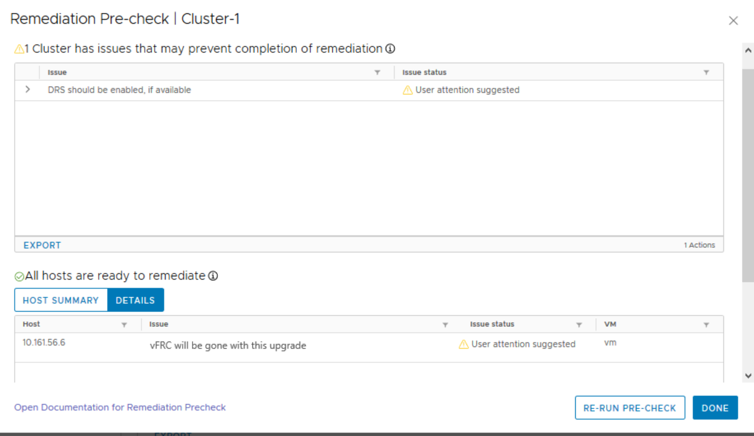There’s a lot of talk about what’s new and what becomes available with the latest release of VMware vSphere. However, only a handful of people seem to know that there are certain tools and services admins might have grown accustomed to, which are no longer available. Probably, if you’ll find out more about this, you’ll think it through whether you want to perform this update now or not. Most of these changes were announced in 2017.
No more Flash-based vSphere Web Client
It has always been in plans to eventually replace the vSphere Web Client with the new HTML5-based vSphere Client, but it has always been postponed due to significant differences in functionality. Well, now, in VMware vSphere 7, this transition has been finally completed: the good old Web Client is no more.
The HTML5-based vSphere Client not only takes on the functions of the Web Client but also has an expanded set of features, such as vCenter HA (VCHA) that guarantees fault tolerance by eliminating the single point of failure of vCenter and vSphere Lifecycle Manager, software for automating update management.
No more external PSC (Platform Services Controller)
As it has already been announced, an embedded Platform Services Controller is now the only deployment option available. The external PSC is no longer supported, but the embedded PSC, on the other hand, has all you may need for vSphere SSO domain management (more details here).
With such simple utility as Converge Tool, introduced in vSphere 6.7 Update 1, you can easily migrate from external Platform Services Controller to more simple in use embedded one, using only vCenter Server CLI or vSphere Client:
No more VMware vCenter for Windows
You must know this already – vSphere 6.7 is the final release that includes vCenter Server for Windows. Now, all that is left is the vCenter Server Appliance (vCSA) virtual machine, running on Photon OS. I know a lot of people are used to VMware services adapted for Windows, but time goes on.
To migrate from vCenter to vCSA, VMware recommends 2 steps:
- Migration Assistant: a console utility you must run before starting the migration process. It runs all necessary pre-checks and provides information for the next steps in the migration process.
- Migration Tool: a utility that is distributed from vCenter and responsible for the deployment and configuration of a new VCSA.
No more Update Manager Plugin
For a long, long time, this used to be a vSphere Web Client plugin. Now, instead of the VMware Update Manager (VUM), vSphere 7 offers you a new, more functional solution: VMware Lifecycle Manager.
Earlier, vSphere admins used to employ Update Manager for patching up servers and drivers and utilities from server manufacturers to update their firmware. Now, the vSphere Lifecycle Manager takes care of all that.
No more VNC Server in ESXi
For years, ESXi has had the embedded VNC Server, but the latest VMware vSphere release had it removed. Previously, you could’ve connected to the virtual machine console via VNC-client by adding a RemoteDisplay.vnc.enable parameter.
Now, this option is gone (it was popular primarily among admins who worked with systems without VMware services). So, if you want to connect the console in VMware vSphere 7, do it with vSphere Client, ESXi Host Client, or VMware Remote Console.
No more vFlash Read Cache (vFRC)
The vFlash technology goes all the way back to 2012. It was first introduced as a solution that pools multiple SSDs on a VMware ESXi host server as one resource for better read caching to enhance VMs performance, speed-wise. The VMware specialists have designed it for third-party vendors so that they could use it with the VAIO interface.
Ever since VMware vSphere 6.7 Update 2, this feature was marked as Deprecated. Today, with the vSphere 7 release, it moved straight to the End of Availability (EOA) stage, and, well, it’s not available anymore.
Before upgrading to the vSphere 7, Pre-check will warn you about this:
…And the other things that were or will be removed eventually
These are:
- VMware vSphere 7.0 and TLS Protocol (TLS 1.0 and 1.1 are disabled by default);
- No more Image-Based Backup and Restore Support for vCenter Server;
- VMKlinux API interface has become obsolete and is replaced by native vSphere drivers starting with ESXi 5.5. VMKLinux is a translate layer between the VMkernel and the Linux driver modules that allows translating commands from the kernel (because VMkernel is obviously NOT Linux) to the drivers and back. However, there are enough native partner drivers for ESXi now, so the Linux drivers’ old architecture became a thing of the past.
- Deprecation of 32-bit Userworld Support. VMware partners could have been using it to provide 32-bit drivers, plugins, and other extensions as VIBs. In the future releases of vSphere, it’s not in the game anymore.
- Integrated Windows Authentication is almost completely wiped out. In vSphere 7, IWA is still working, but it won’t be in future releases. If you want to find out more, look it up here.
- Smart Card users are encouraged to perform operations through vCenter, PowerCLI, API calls, or, well, just by logging in with a username and password.
- Instead of Coredump Partitions, users should use Coredump Files.
To sum up
If you’re a vSphere admin, you most definitely should take this information into account before upgrading your infrastructure to vSphere 7. It would be best if you have found out which ones of these tools and services the users of your environment are using and inform them about the changes.







